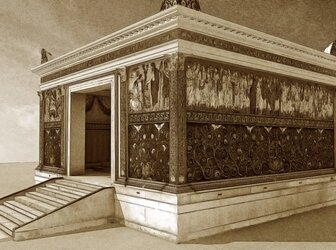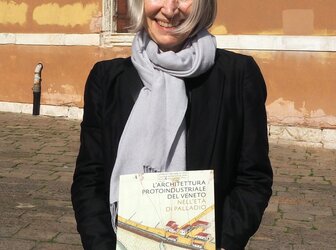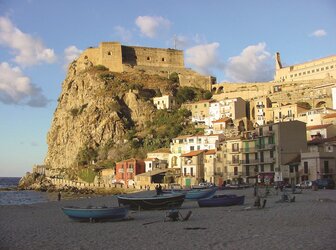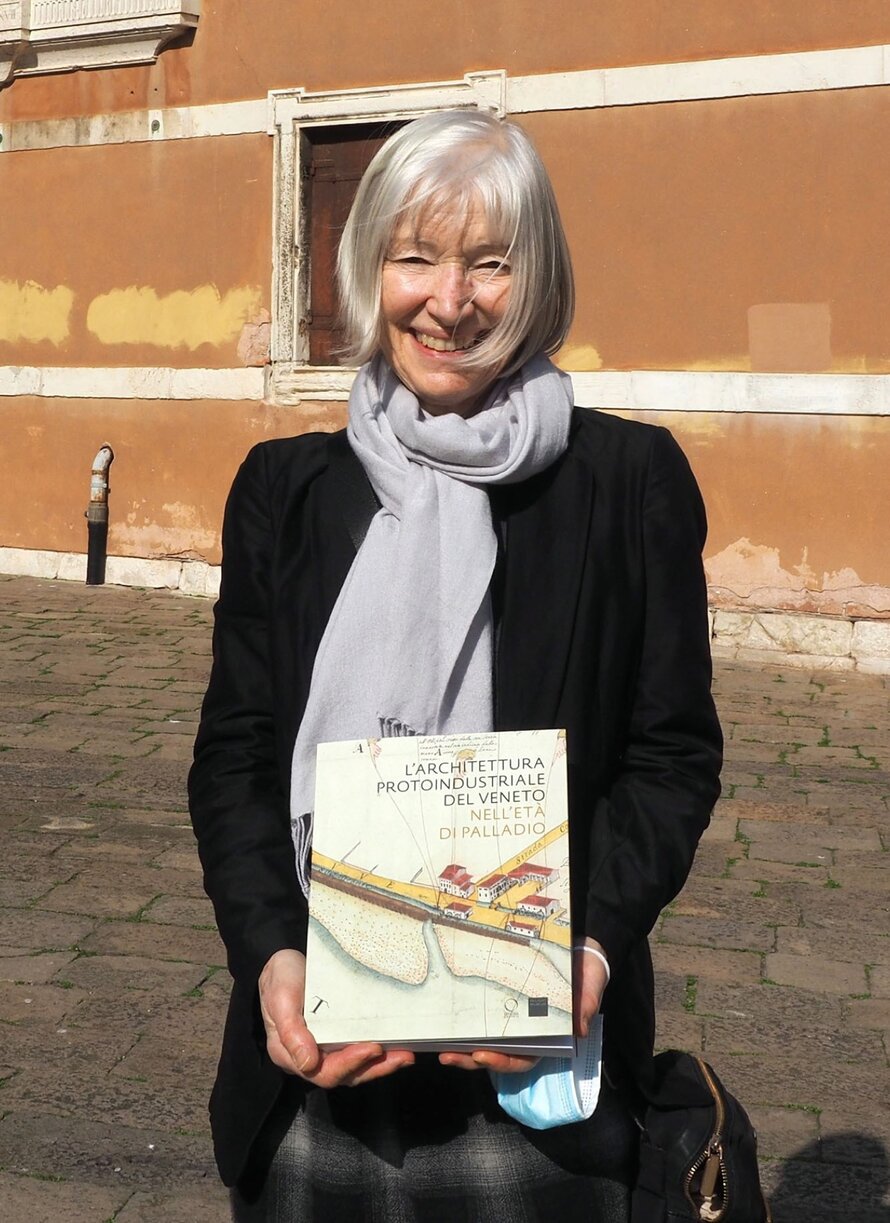Proto-Industrial Architecture of the Veneto in the Age of Palladio
The remarkable career of the Italian architect Andrea Palladio was intimately tied to the proto-industrial revolution taking place in the Veneto region between 1500 and 1650. This ground-breaking book uncovers the architectural wonders of early industries such as flour milling, ...
Read more
Project details
| Title: | Proto-Industrial Architecture of the Veneto in the Age of Palladio |
|---|---|
| Entr. year: | 2023 |
| Result: | Award |
| Country: | Italy |
| Category type: | results of research, industrial and engineering structures and sites |
| Notes: | The principal outcome of the research is the publication of the book ‘Proto-Industrial Architecture of the Veneto in the Age of Palladio’. This enlightening volume was edited by Deborah Howard and published by the CISAAP with funding from the Italian Ministry of Culture, the Regione del Veneto, the American Friends of Palladio and the Gladys Krieble Delmas Foundation. It features 27 case studies written by the team in both English and Italian, photographs of the buildings, early maps, paintings, drawings, engravings of machinery and film stills. These sites are often overlooked and lack the protection granted to villas, palaces and churches. They face significant threats and are at risk of disappearing. While some are in precarious conditions, others have been altered over the centuries, yet many are lovingly maintained by proud local inhabitants. The sites’ owners, curators and artisans generously supported the fieldwork, cooperating throughout the project. An ambitious exhibition titled ‘Acqua, Terra, Fuoco’ was premiered at the Palladio Museum in Vicenza on 12 November 2022. The exhibition garnered significant media attention and featured a wide range of artefacts including reconstructed machinery models. Lectures and educational activities for children were organised to engage a wider audience. |
| Building type/ Project type: | industrial heritage |
| Architect / Proj.leader: | Prof. Guido Beltramini |
| The Jury's citation: | The research project on Proto-Industrial Architecture of the Veneto in the Age of Palladio sheds light on a neglected aspect of the built environment and historic landscape. The combination of research topics on hydraulic energy and water management is both original and captivating, drawing attention to a forgotten heritage associated with Palladio’s architecture. Through meticulous documentation from archives and on-site visits, the project achieves a high level of documentation quality. Its impact extends beyond academic research, reaching museums, conservators and the general public alike. Moreover, it uncovers the unknown heritage of a renowned figure. This exploration also provides insight into the history of innovation and the transfer of knowledge at a European level, demonstrating how innovation arises from responding to societal needs. This innovative project also defies the notion that a digital element is necessary for innovation in research. |
| Web, Links: | www.palladiomuseum.org/en/exhibitions/acqua_terra_fuoco/info |
Description:
The remarkable career of the Italian architect Andrea Palladio was intimately tied to the proto-industrial revolution taking place in the Veneto region between 1500 and 1650. This ground-breaking book uncovers the architectural wonders of early industries such as flour milling, textile production, mining, metalworking, paper manufacturing, ceramics, sawmilling and leather tanning. Through extensive fieldwork and historical research, the research sheds light on the inventive mechanical processes and hydraulic power that drove these industries. The project also investigates the transformative impact of technological innovation on the spatial environment and landscape. The research project led by Deborah Howard was made possible through funding from the Leverhulme Trust, in collaboration with the Centro Internazionale di Studi di Architettura Andrea Palladio (CISAAP). The three-year study (2018-2021) involved visits to 79 surviving structures. This survey of the Veneto’s proto-industrial heritage is unprecedented in both Italian and European contexts and offers insights into the ecological merits of clean and renewable hydraulic power.
Similar projects





















